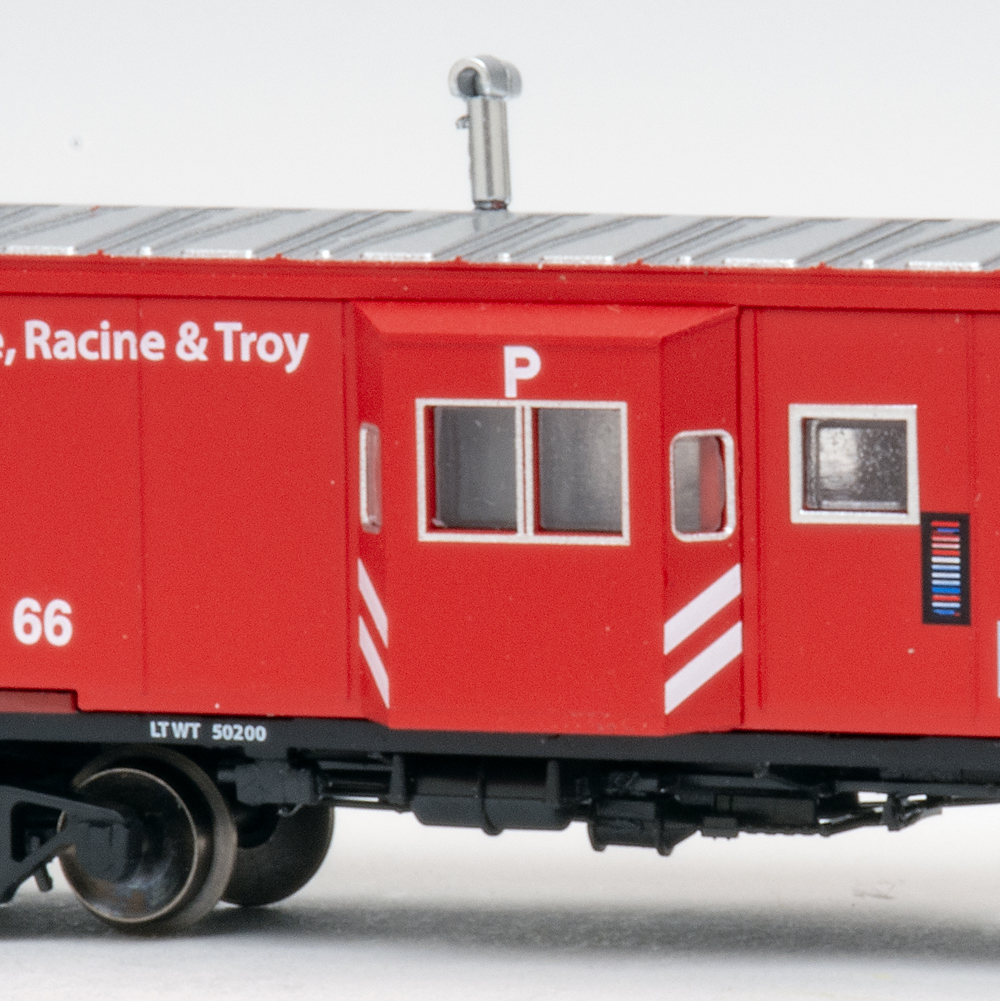
Q: I recently ordered one of the Milwaukee, Racine & Troy N scale bay-window cabooses from Shop.Trains.com. What does the “P” on top of the bay window stand for? — R. Anderson A: The “P” indicates it’s a pool caboose, one not assigned to an individual conductor or specific crew. Former Senior Editor Jim Hediger […]
Read More…
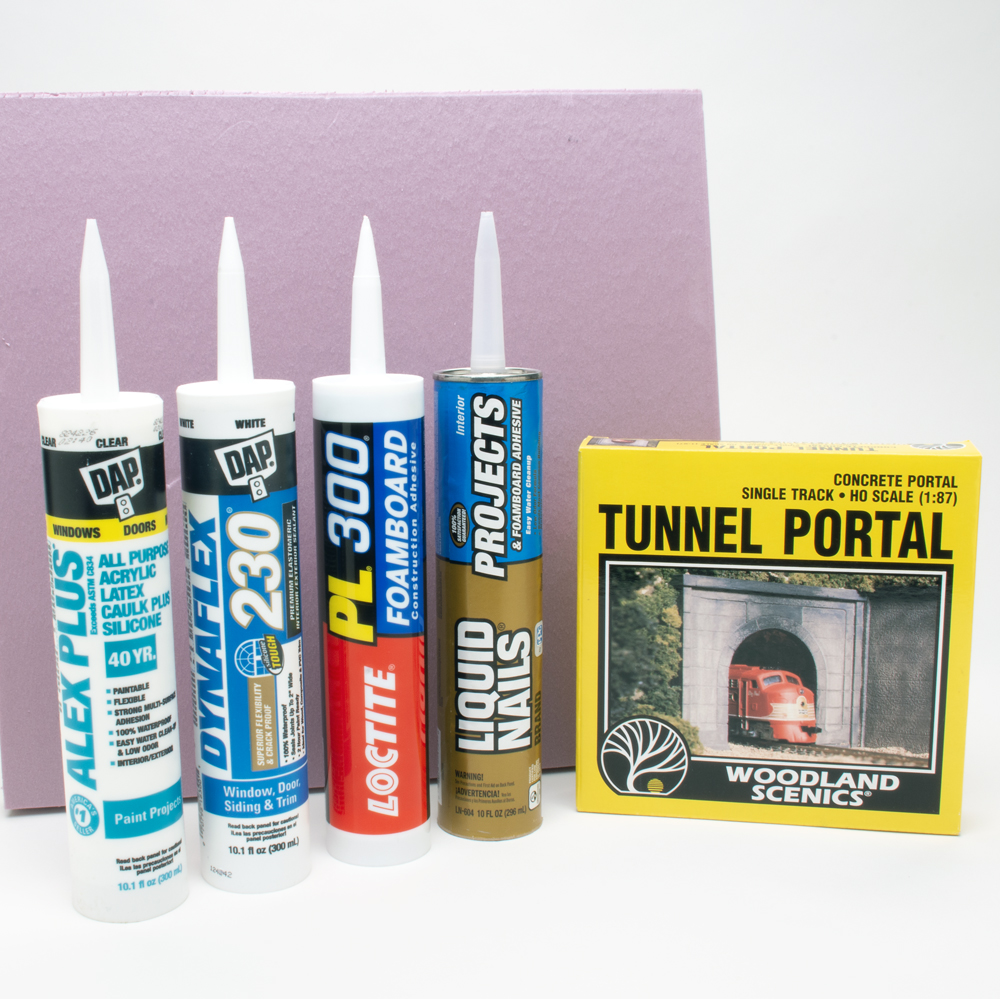
Q: I’m building a retaining wall using Woodland Scenics’ cut stone castings and want to attach them to extruded-foam insulation board. What is the best glue to use for this project? — Alan Cox A: The Woodland Scenics cut stone retaining walls are Hydrocal castings, so you’re going to want an adhesive that will work […]
Read More…

Q: What is recommended for attaching buildings and other structures to the substructure of a model railroad? — Byron Christmas A: There’s no one-size-fits-all way to attach a building to a model railroad. One of the most common methods for anchoring buildings to a layout is with white glue. The key attribute of white glue […]
Read More…

Q: On the Winston-Salem Southbound Tar Branch project layout there were three small industries in the middle. Do you have the brands and descriptions of the structures used? — Andy Sestak Before I answer your question, Andy, I want to back up a step to catch everyone up to speed. The Winston-Salem Southbound Tar Branch […]
Read More…
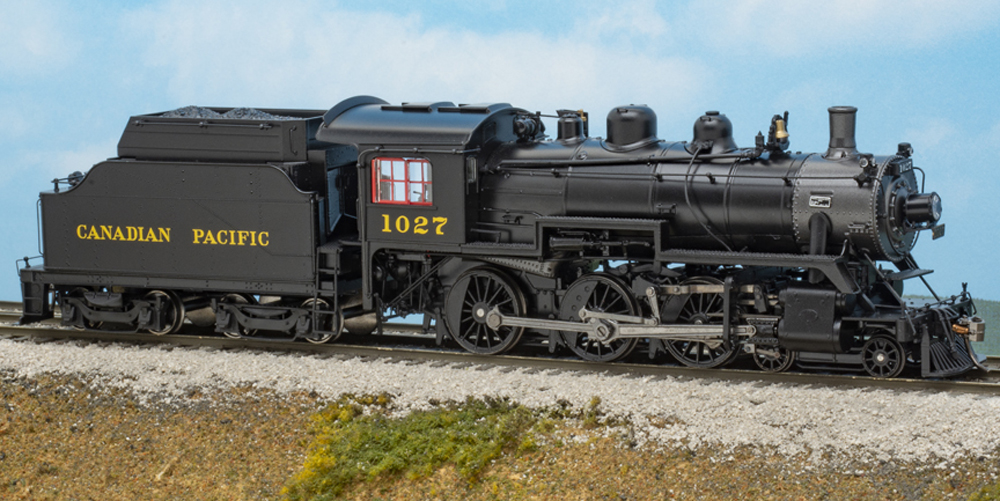
Q: Why are the flanges on model steam engine drive wheels so much larger than on the prototypes? Is it because the models don’t weigh very much? Or is it because they have to navigate tight curves? And do larger scales (like G scale and live-steam models) have flanges that are closer to the prototypes? […]
Read More…
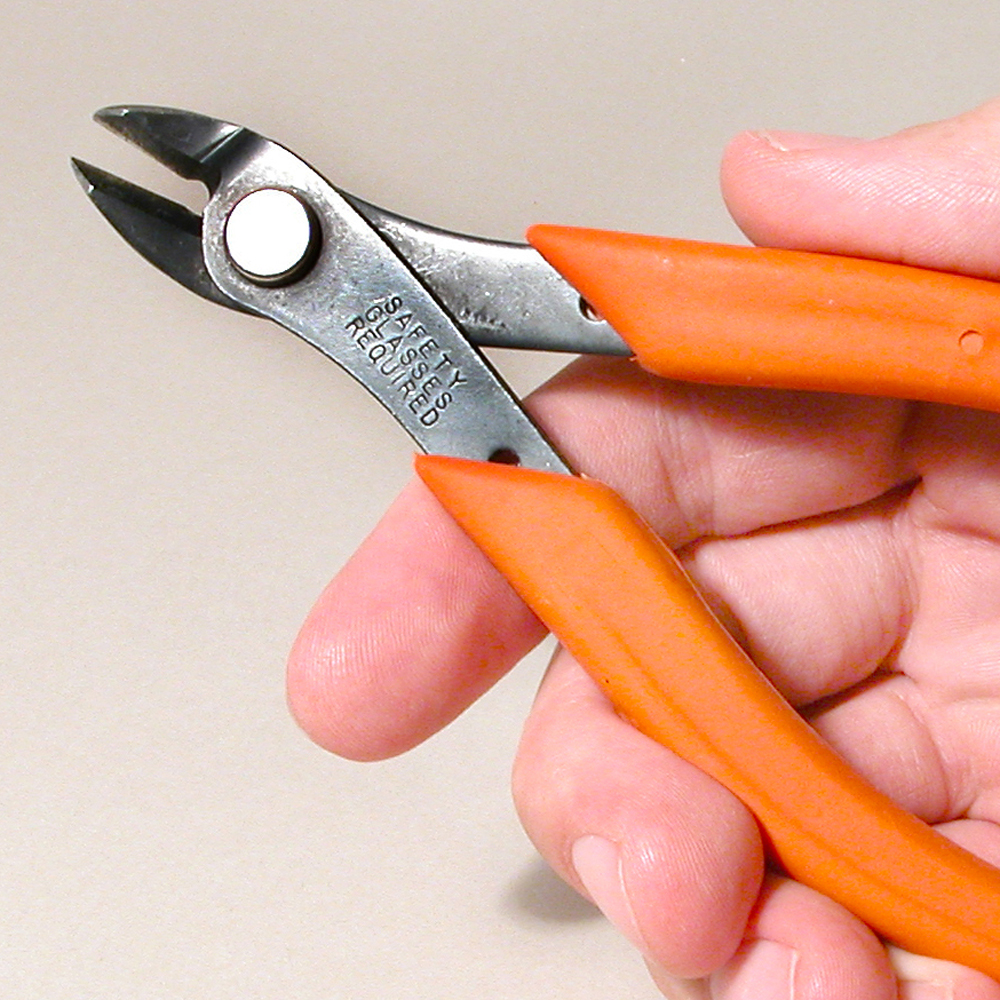
Q: Please explain how to tell the difference between horizontal and vertical cut rail nippers. — Dave Smith A: To answer your question, I turned to a blog on the Xuron Corp. website. The well-known manufacturer of hobby tools, based in Saco, Maine, recommends using its 2175B track cutters on new installations. The tool, which […]
Read More…

Q: In all my 74 years of looking at train tracks this is the first time I noticed a “No trespassing” stencil on the web of the rail of the Union Pacific tracks that run by my home in Fort Dodge, Iowa. I’m curious if this is standard procedure for the UP or if other […]
Read More…

Q: How do mechanical passenger car washers work? — Steve Moore A: Keeping passenger cars clean is a never-ending battle as they’re subjected to the same dirt, dust, and grime as locomotives and freight cars. While spot cleaning, such as windows, is handled en route, extensive cleaning is handled at coach yards and larger terminals. […]
Read More…
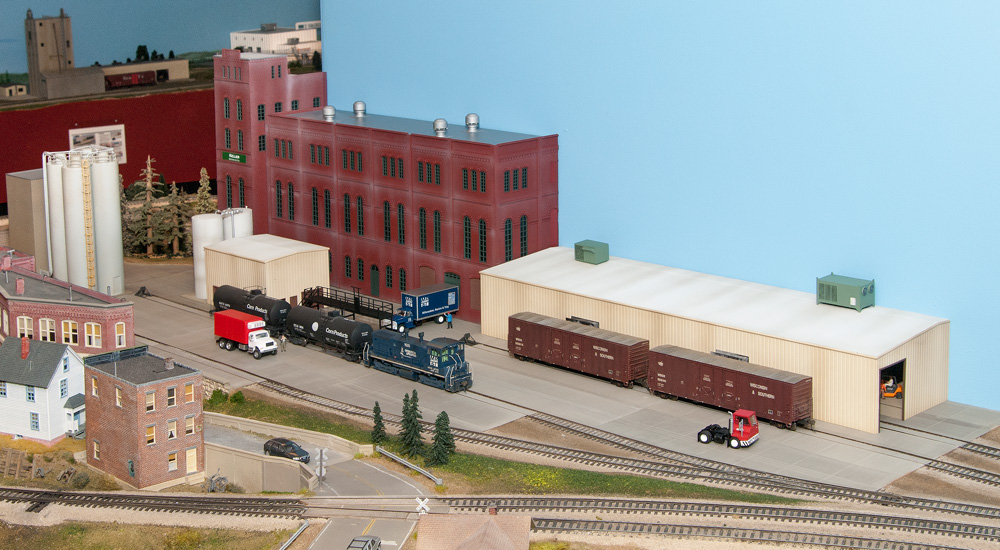
Q: I’m planning a rail-served brewery for my N scale layout. What did these industries look like, and what kind of products would trains deliver to the brewery or haul away from it? — Eli Quarless A: Breweries are large, sprawling, complex industries that take up multiple buildings and receive and ship a wide variety […]
Read More…
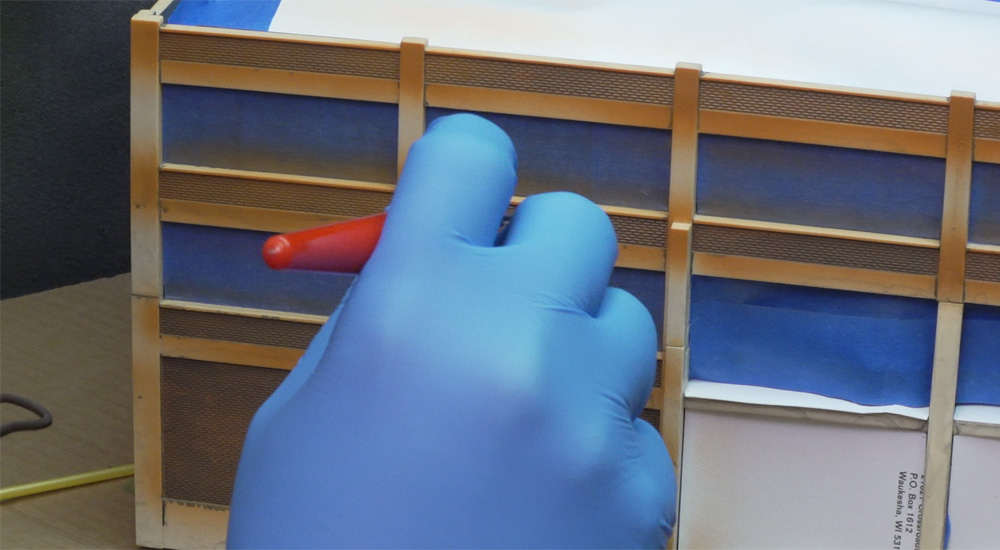
Q: I wonder if you could offer some ideas as to what might have caused a rough finish on an airbrushed structure. The prototype’s facade has white enameled panels, which I made by scribing lines in white styrene. The rest of the exterior is gray with a concrete block pattern, which I also modeled in […]
Read More…
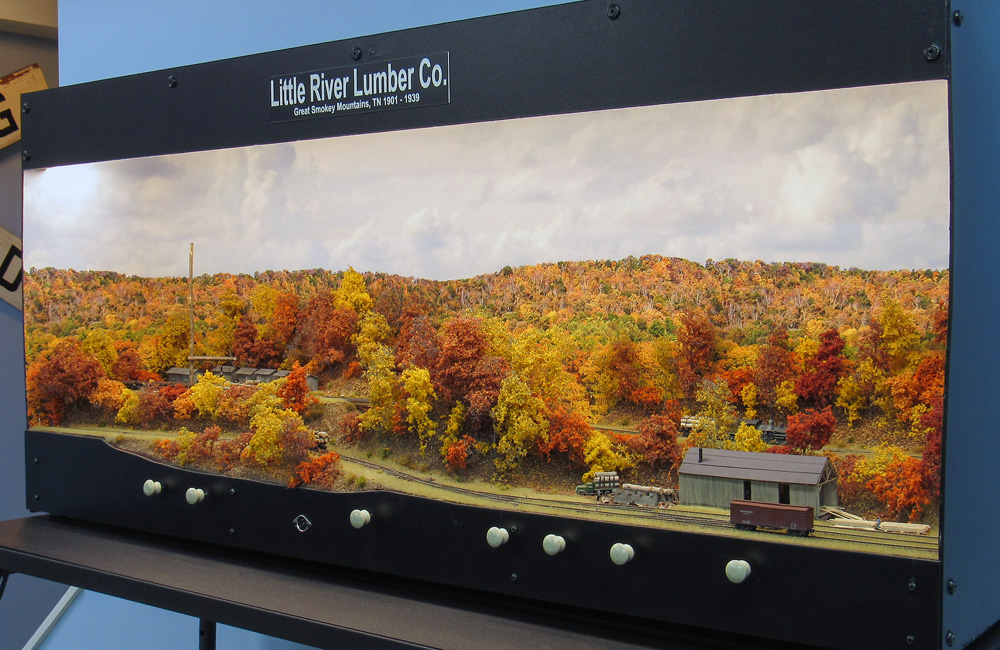
Q: I am in a decision mode as to what’s the best industry for a small shelf layout. I’m considering either lumber or grain. My shelf is 14″ x 6-0″. Also, what freight cars would be needed for each industry? Thanks. — Bill M. A: You didn’t say what scale you’re modeling in, but 14″ […]
Read More…
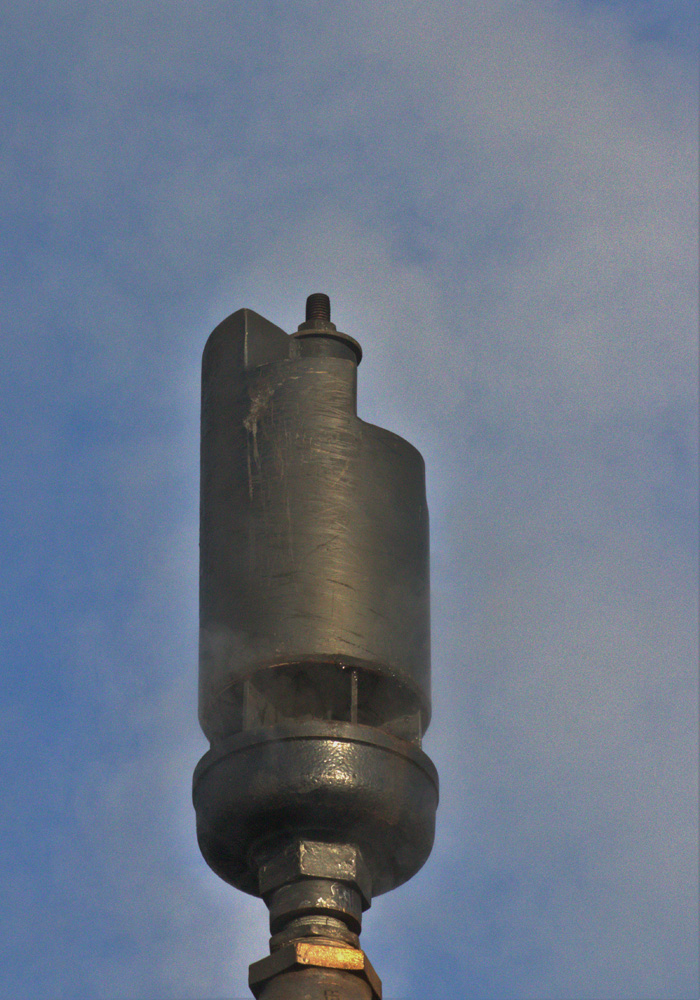
Q: When did the grade crossing whistle signal change from two longs and two shorts (— — o o) to two longs, a short, and a long (— — o —) and under what authority? I model 1907 and I have several early rule books that all have it as two longs and two shorts. […]
Read More…












